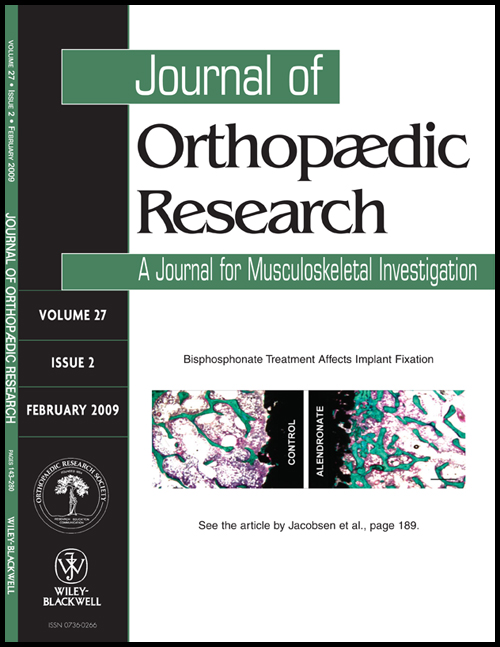
ARTHROPLASTY
Novel TKA implant results in significantly greater extensor power postoperatively
This report has been verified
by one or more authors of the
original publication.
J Orthop Res. 2013 Aug;31(8):1201-7
212 Patients scheduled to undergo TKA, with unilateral symptomatic knee osteoarthritis, were included in this trial to determine the efficacy of a novel prosthesis hypothesized to improve lower limb power output. Recent research has suggested that knee flexion/extension may occur around a fixed axis in the femur, which led to the development of a single-radius implant. Patients were randomized to implant groups with different joint radius designs: A single-radius group or a multi-radius group. The results of this study showed that patients who received the single radius implants experienced significantly greater extensor power (52 weeks after follow-up) than current traditional (multi-radius) techniques. However, this improved power did not translate to improved physical function.
Unlock the full ACE Report
You have access to {0} free articles per month.Click below to unlock and view this {1}
Unlock NowCritical appraisals of the latest, high-impact randomized controlled trials and systematic reviews in orthopaedics
Access to OrthoEvidence podcast content, including collaborations with the Journal of Bone and Joint Surgery, interviews with internationally recognized surgeons, and roundtable discussions on orthopaedic news and topics
Subscription to The Pulse, a twice-weekly evidence-based newsletter designed to help you make better clinical decisions
Exclusive access to original content articles, including in-house systematic reviews, and articles on health research methods and hot orthopaedic topics
Or upgrade today and gain access to all OrthoEvidence content for just $1.99 per week.
Already have an account? Log in


Subscribe to "The Pulse"
Evidence-Based Orthopaedics direct to your inbox.
{0} of {1} free articles
Become an OrthoEvidence Premium Member. Expand your perspective with high-quality evidence.
Upgrade Now













































































